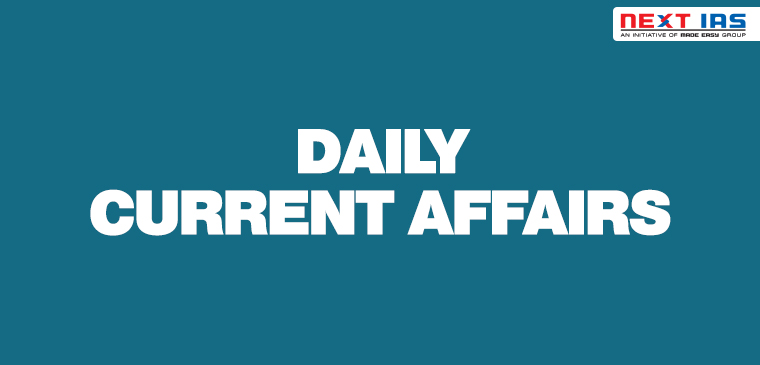
In News
Recently, the Reserve Bank of India (RBI) announced a series of measures to support the nation’s fight against the second wave of COVID-19 infections.
Major Highlights Of Recent Steps
Term Liquidity Facility
- RBI announced a Term Liquidity Facility of ?50,000 crores with the tenor of up to three years, at the repo rate to ease access to credit for providers of emergency health services.
- Under this, banks will provide fresh lending support to a wide range of entities, including vaccine manufacturers, importers/suppliers of vaccines etc.
Special Long Term Repo Operations for Small Finance Bank
- The RBI decided to conduct special three-year long-term repo operations (SLTRO) of ?10,000 crores at the repo rate for Small Finance Banks.
- The SFBs would be able to deploy these funds for fresh lending of up to ?10 lakh per borrower.
Lending by Small Finance Banks to MFIs
- SFBs will be permitted to reckon fresh lending to smaller Microfinance institutions (MFIs) (with asset size of up to Rs 500 crore) for on-lending to individual borrowers as priority sector lending.
- This means there will be concessions on interest rates and repayments. This facility will be available up to March 31, 2022.
Credit to MSME entrepreneurs
- In February 2021, banks were allowed to deduct credit disbursed to new MSME borrowers from their net demand and time liabilities (NDTL) for calculation of the cash reserve ratio (CRR).
- In order to incentivise the inclusion of unbanked MSMEs into the banking system, this exemption currently available for exposures up to Rs 25 lakh and for credit disbursed up to the fortnight ending October 1, 2021, is being extended till December 31, 2021
Overdraft (OD) facility for states
- The RBI also announced certain relaxations and Overdraft (OD) facilities of State Governments so that they can better manage their financial situation in terms of their cash-flows and market borrowings.
- Accordingly, the maximum number of days of OD in a quarter is being increased from 36 to 50 days and the number of consecutive days of OD from 14 to 21 days.
- This facility will be available up to September 11 30, 2021. The Ways and Means Advance (WMA) limits of states have already been enhanced on April 23, 2021.
KYC rationalisation
- The RBI has decided to rationalise certain components of the extant KYC norms
- These include
- Extending the scope of video KYC known as V-CIP (video-based customer identification process) for new categories of customers such as proprietorship firms, authorised signatories and beneficial owners of Legal Entities and for periodic updation of KYC.
- Enabling the use of KYC Identifier of Centralised KYC Registry (CKYCR) for V-CIP and submission of electronic documents (including identity documents issued through DigiLocker) as identity proof
- These include
Eligibility Criteria
- The individuals and small businesses and MSMEs having aggregate exposure of up to Rs 25 crore and who has not availed restructuring under any of the earlier restructuring frameworks (including under the Resolution Framework 1.0 dated August 6, 2020), and who were classified as ‘Standard’ as on March 31, 2021, will be eligible to be considered under Resolution Framework 2.0.
- In the case of individual borrowers and small businesses who have availed restructuring of their loans under Resolution Framework 1.0, where the resolution plan permitted moratorium of less than two years, lending institutions will be permitted to use this window to modify such plans to the extent of increasing the period of the moratorium and/or extending the residual tenor up to a total of 2 years.
Long Term Repo Operation (LTRO)
Cash Reserve Ratio (CRR)
Repo Rate
Reverse Repo Rates
|
Previous article
Model Insurance Village (MIV)
Next article
Maratha Quota Law Unconstitutional: SC